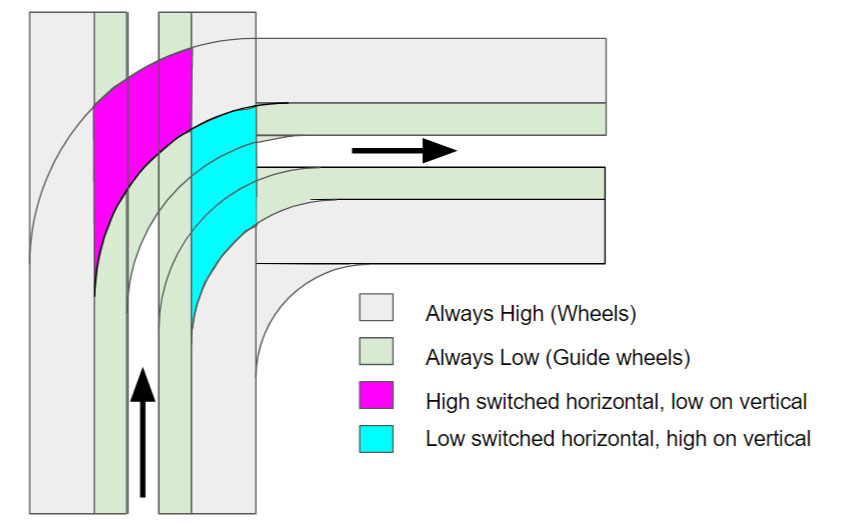So Elon under the Boring company is making a long-term financial bet by footing the bill for the construction and hoping to get a return from the fares. It is unclear to me whether the $1 billion estimate includes the cost of the pods or only the tunnel. Even if we assume that it is total cost including pods and station infrastructure and the whole thing will not run over-budget (big assumptions!), he will need ~50 million rides to pay for it if a ride costs $25 and the operating cost fits within $5 (more assumptions that may not hold). How many years will it take to sell 50 million tickets ?
Two tunnels at 18 miles each.
Land costs 0 for tunnel (city easement)
Elon is shooting for $10 million a mile
$360 million in tunneling cost.
Call is $600 million total
$25 fare, $20 net, 1,000/ hour avg * 20 hours a day = 400k/ day.
1,500 days / 5 years to recoup costs.
Double cost/ half profit, still only 20 years. If financing was <5% it is cash flow positive from day 1.
I think...






